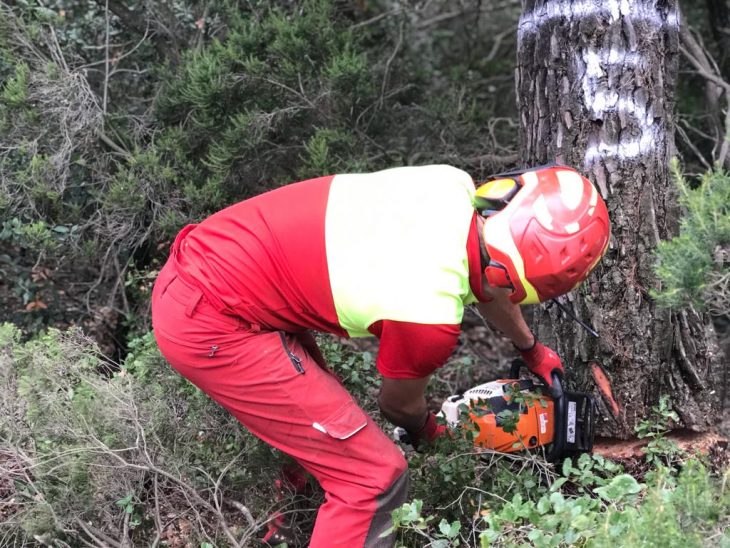
The Valldaura estate comprises 135 hectares of forest within the 1300 hectare Collserola Natural Park. Looking at the stark contrast between this dense green mass and the surrounding urbanization of the Barcelona metropolitan area with an untrained eye, one would be forgiven for thinking the park represents an natural oasis unchanged since its primeval origins.
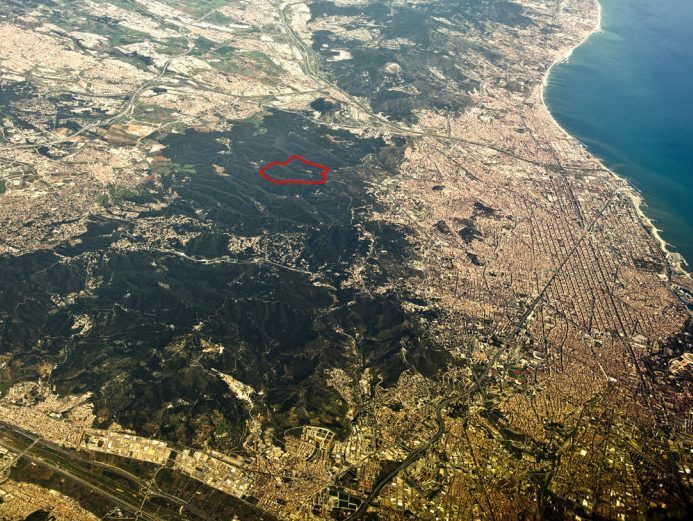
However, in modern history, the forest of Valldaura (like ~66% of the world’s total*) has been manipulated by people nearly as drastically as the city’s now iconic beaches, whose sandy shores were reconstructed on previously industrial lots in preparation for the 1992 Olympic games. As recently as the 1940’s the landscape was severely cleared, not a single tree left standing, to suit the monocultural agricultural strategies of the time. Fortunately nature is resilient and the mediterranean climate generous, thus 80 years later the valleys are once again verdant:
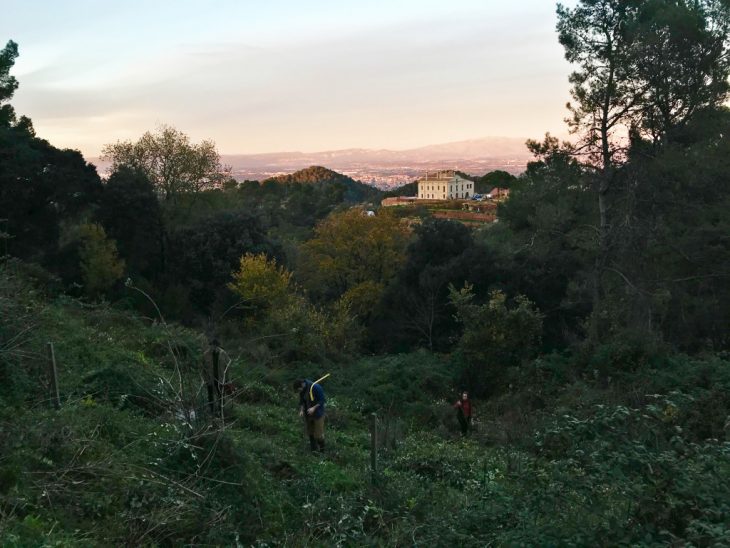
Nonetheless, ecological succession operates on a time scale far greater than us humans, with each phase lasting 100’s to 1000’s of years, if not longer.* Accordingly, what may already appear to be a well established forest in fact represents a pioneering ecosystem, dominated primarily by fast growing Aleppo pine (Pinus halepensis). To accelerate development of the regionally appropriate mature ecosystem evolutionarily optimized to enhance biodiversity, carbon sequestration, air purification and resilience, and dominated instead by slower growing trees such as evergreen/holm/holly oak (Quercus ilex), strawberry tree (Arbetus unedo), hazlenut (Corylus avellana), and the bay laurel (Laurus nobilis) from which Valldaura takes its name, sustainable forest management practices are therefore required. Grossly generalized, ~40% of the current forest biomass, mainly the aforementioned pines which grow so tall so quickly that species below are stunted by their shade, must be removed.*
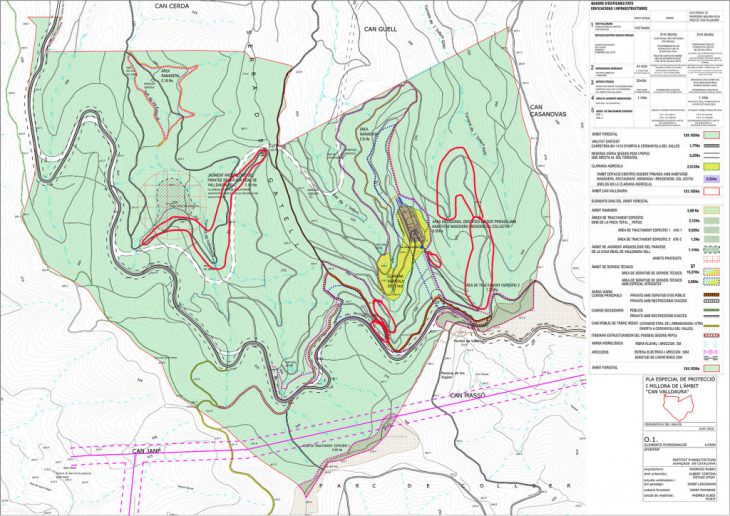
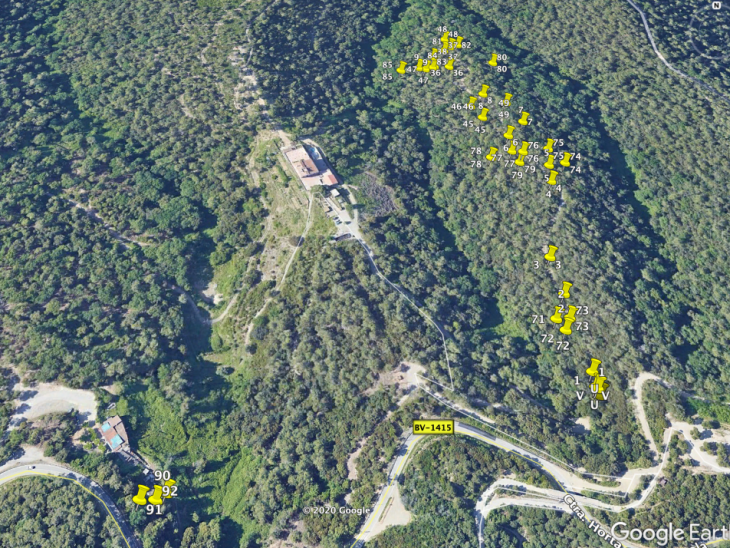
In response, Valldaura Labs harvests approximately 40 trees each season. Every specimen is individually and carefully selected based on the Collserola Natural Park and Valldaura estate Forest Management Plans, diligently cataloged with regard to dimensions and coordinates, and evaluated against the criteria of L.O.V.E. (location, orientation, value, ecology) to guarantee their extraction both improves the long-term health of the forest and provides the resident Master in Advanced Ecological Buildings & Biocities (MAEBB) class high quality, fully traceable material from which they construct architectural prototypes. Finally, each trunk is felled and withdrawn using a combination of wedges, pulleys, cables and winches to minimize undesirable damage to neighboring organisms.
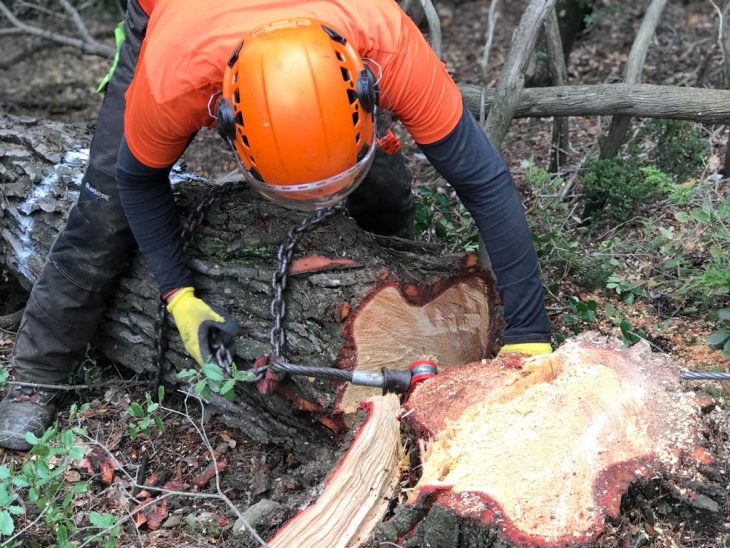
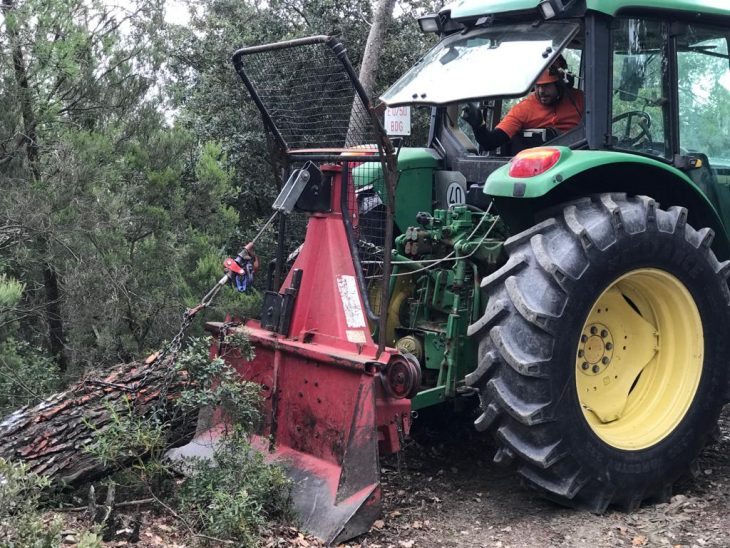
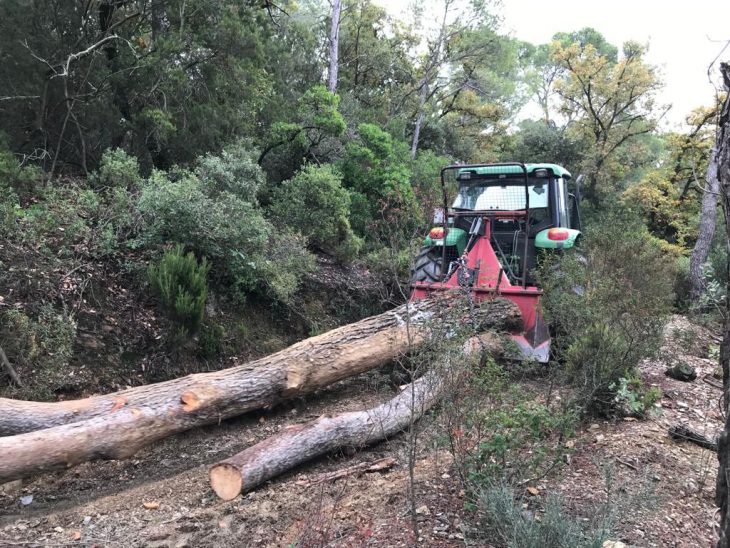
Moreover, the MAEBB students participate in the entire selection, harvesting and wood processing sequence, thereby gaining understanding and appreciation of the environmental systems sustaining our built structures.
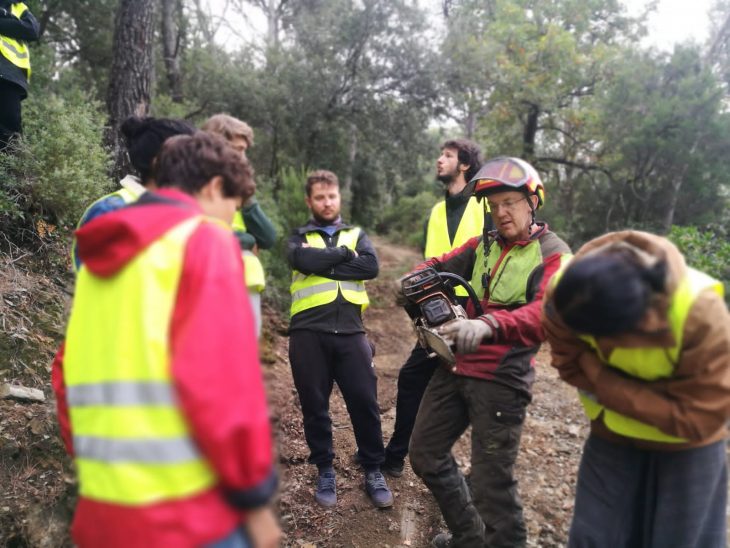
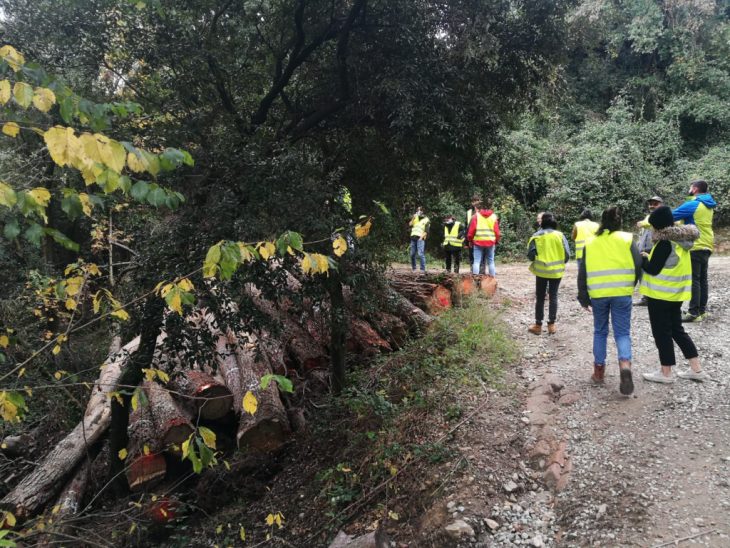
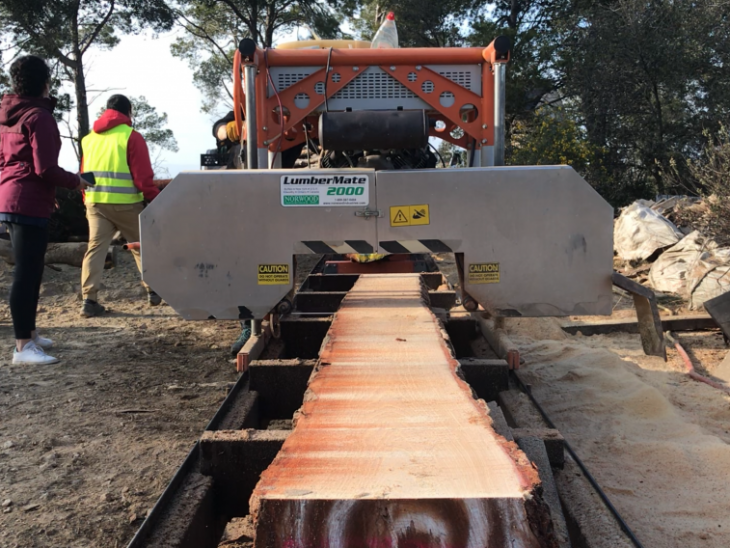
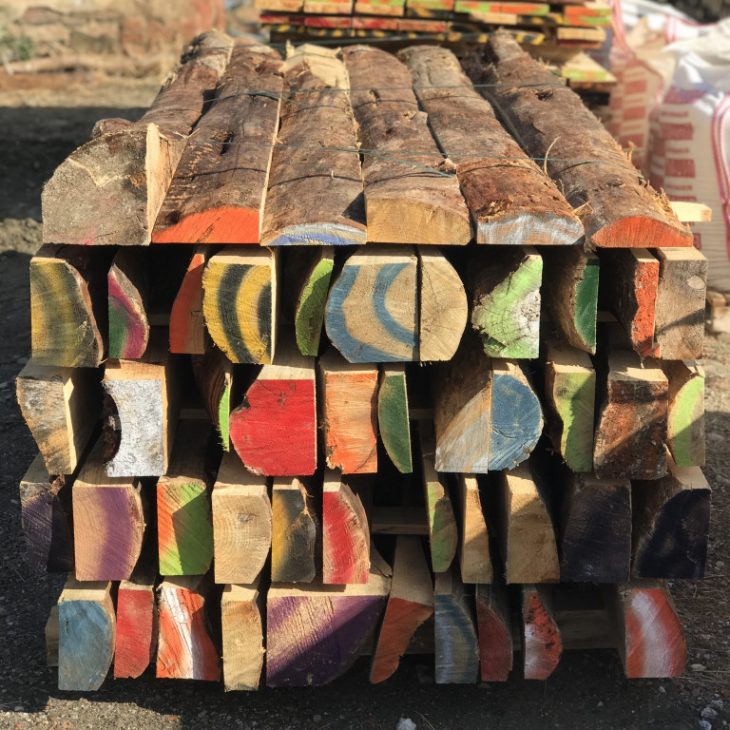
*Notes:
http://www.fao.org/documents/card/en/c/ca8985en
https://www.khanacademy.org/science/biology/ecology/community-structure-and-diversity/a/ecological-succession
http://www.fao.org/3/a-i6338e.pdf
